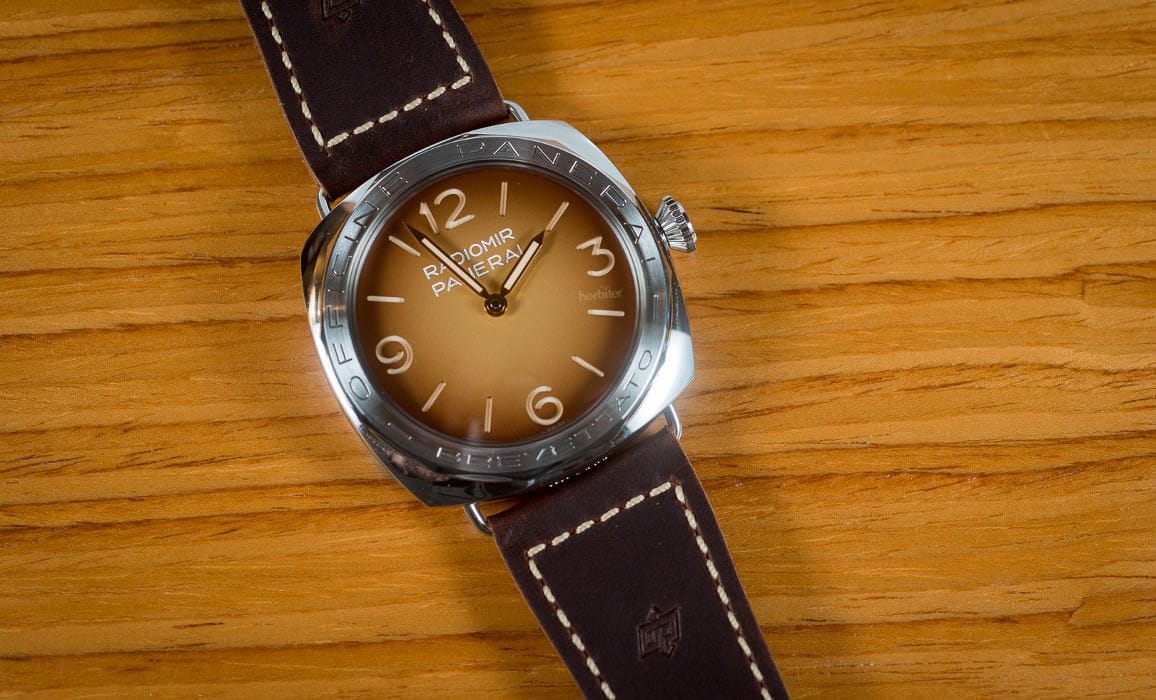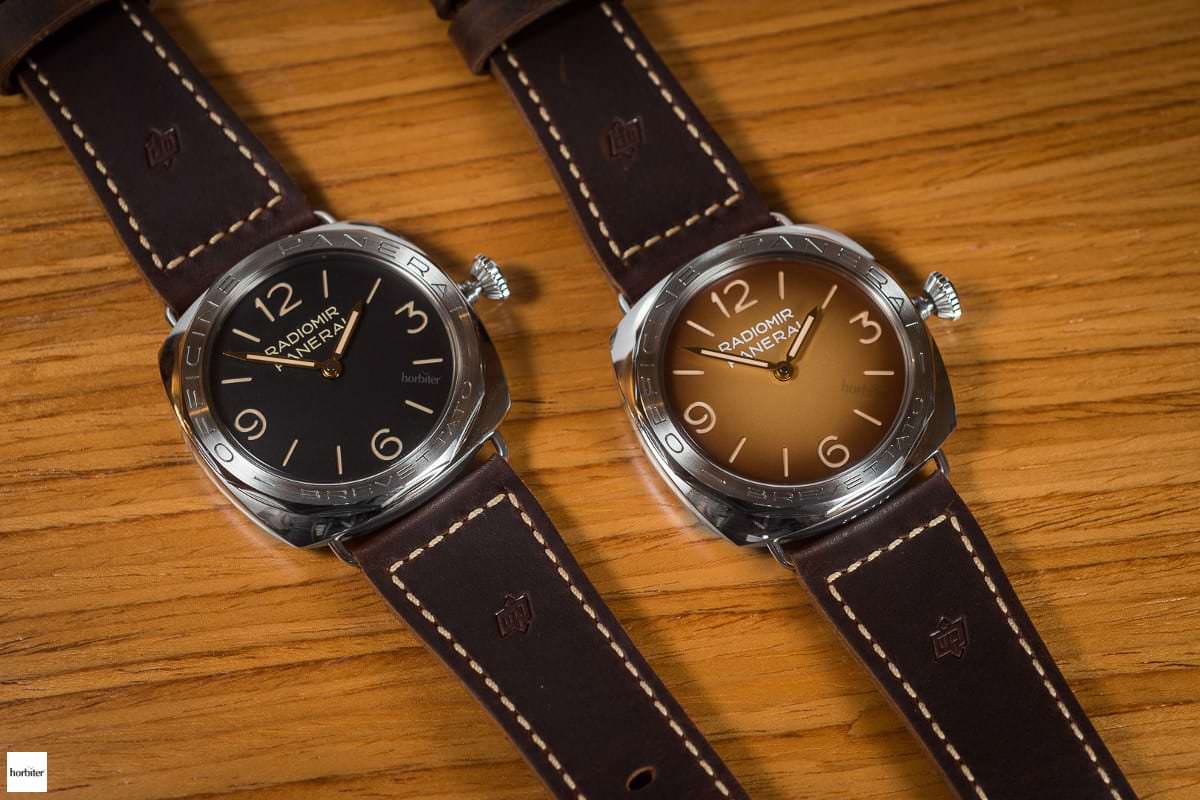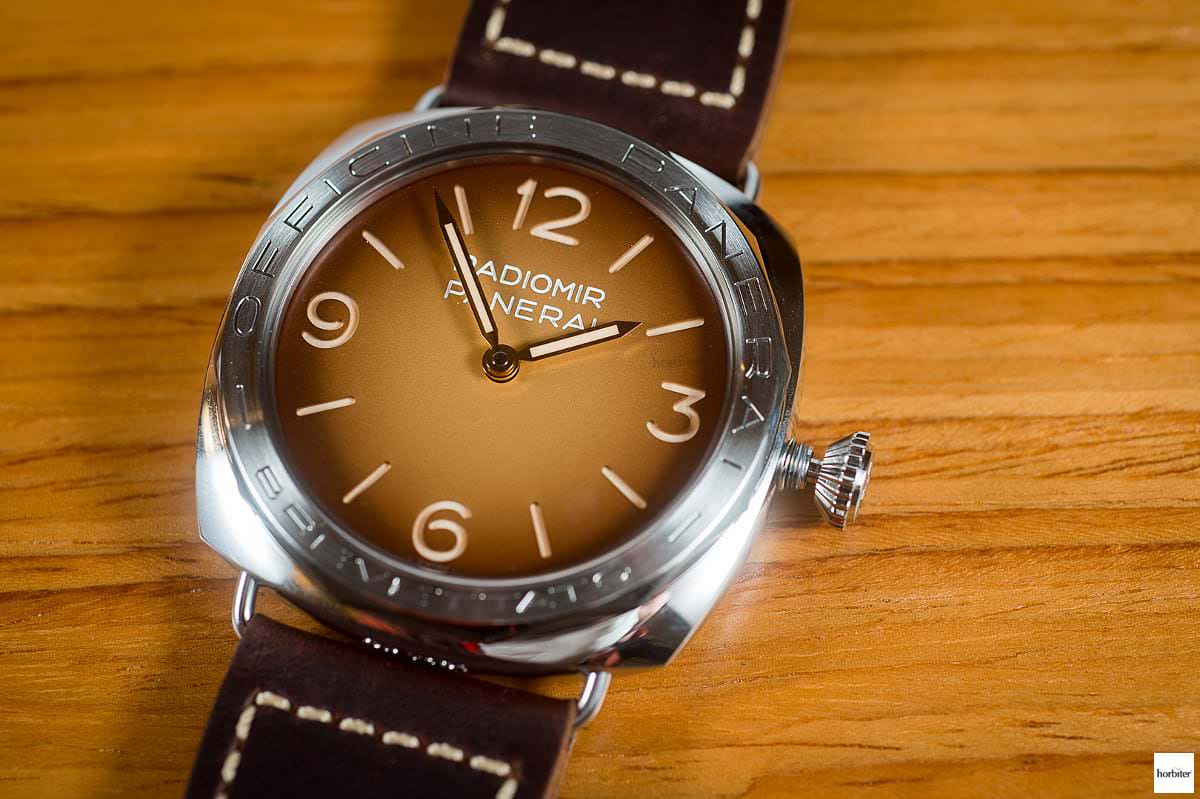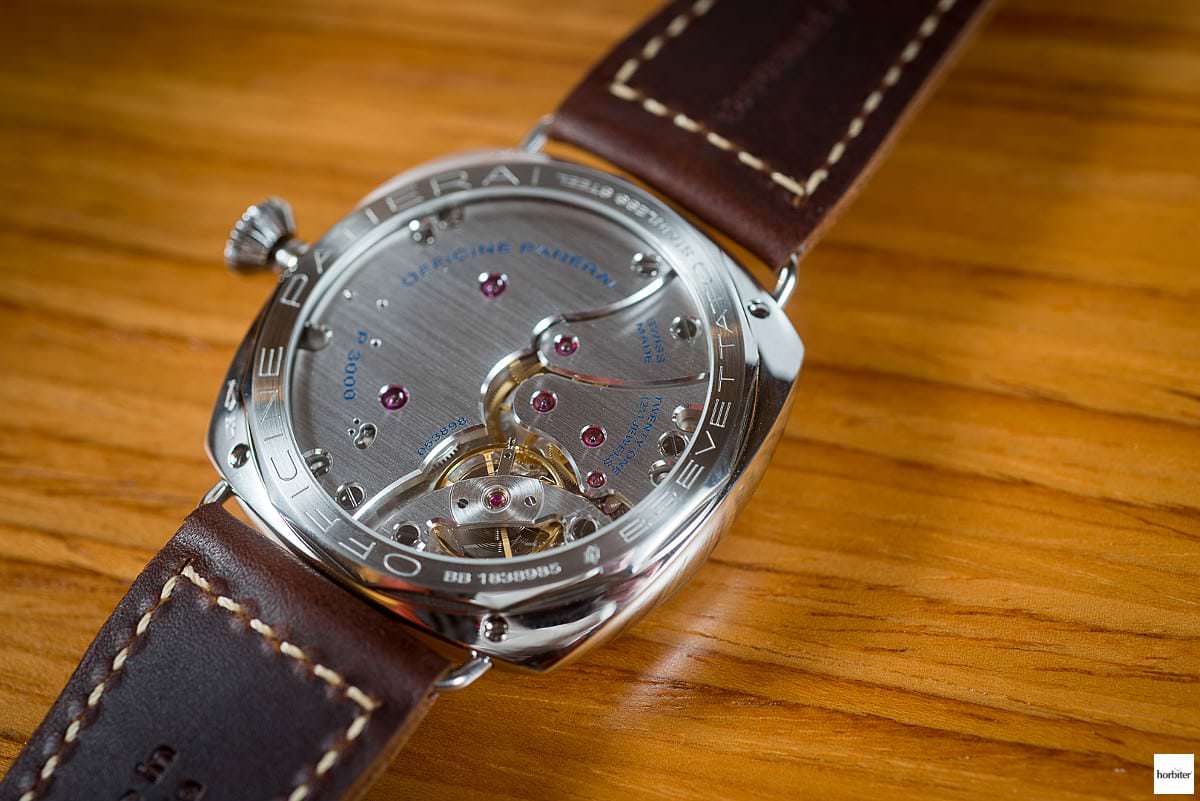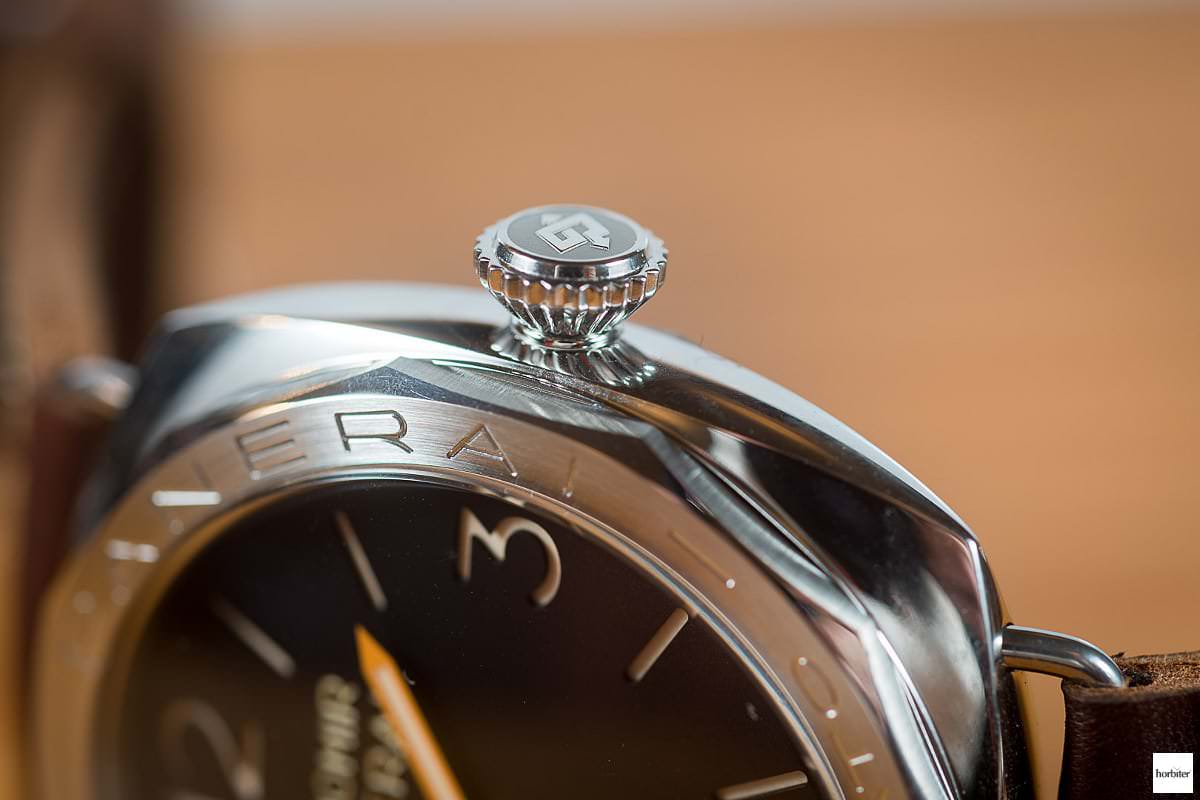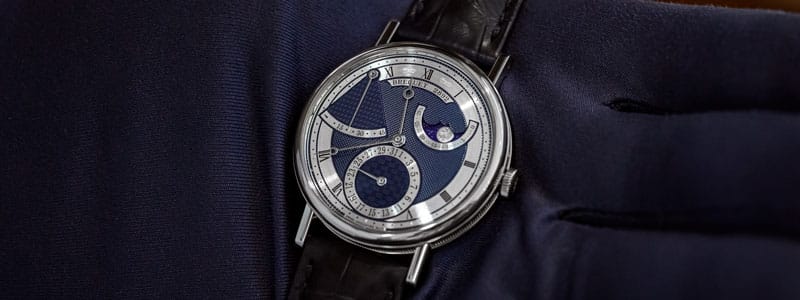This year, Panerai takes part in the SIHH by presenting a model inspired to its historic military roots, and it relaunches a timepiece that was originally crafted as a prototype at the end of the 30s exclusively for the Italian Navy front line soldiers; the Radiomir 3646 Type A. One of the peculiarities of the Panerai Radiomir 3 Days Acciaio PAM 685 and PAM 687 is the writing “OFFICINE PANERAI BREVETTATO” (“PATENTED PANERAI WORKSHOPS”) that appears on the dodecagonal bezel, it is almost an anticipation of the “OFFICINE PANERAI” (“PANERAI WORKSHOPS”) logo that was created in 1972 after Guido (or Giuseppe) Panerai passed away and when engineer Dino Zei joined the manufacturing company. The writing “BREVETTO” (“PATENT”) – patent number 333991 dated 4th April 1935 – refers to the technique used to create the glowing effect.
Two wheel barrels are hosted inside this calibre and they are connected in series so as to better redistribute the energy around and guarantee up to 72 hours of power reserve, there is also a big balance wheel measuring 13.22mm with four screws with an external adjusting unit and a bridge that is anchored to two points, thus making the whole system sturdier. A star wheel with 12 pins and a small spring clutch allow the user to adjust the hours hand by clicks independently from the minutes hand.
It is a pity that the waterproofness reaches the 3 atmospheres only; it is a bit limited if you consider that other timepieces with similar characteristics, like the PAM424 or PAM672 for example, reach the 10 atmospheres. It is definitely for collectors, although I doubt that its owners will use it for real military incursions, the historic re-enactments is, nevertheless, quite realistic.
(Photo credit: Horbiter®’s proprietary photo-shooting)
Denis Fabbro @Horbiter®


